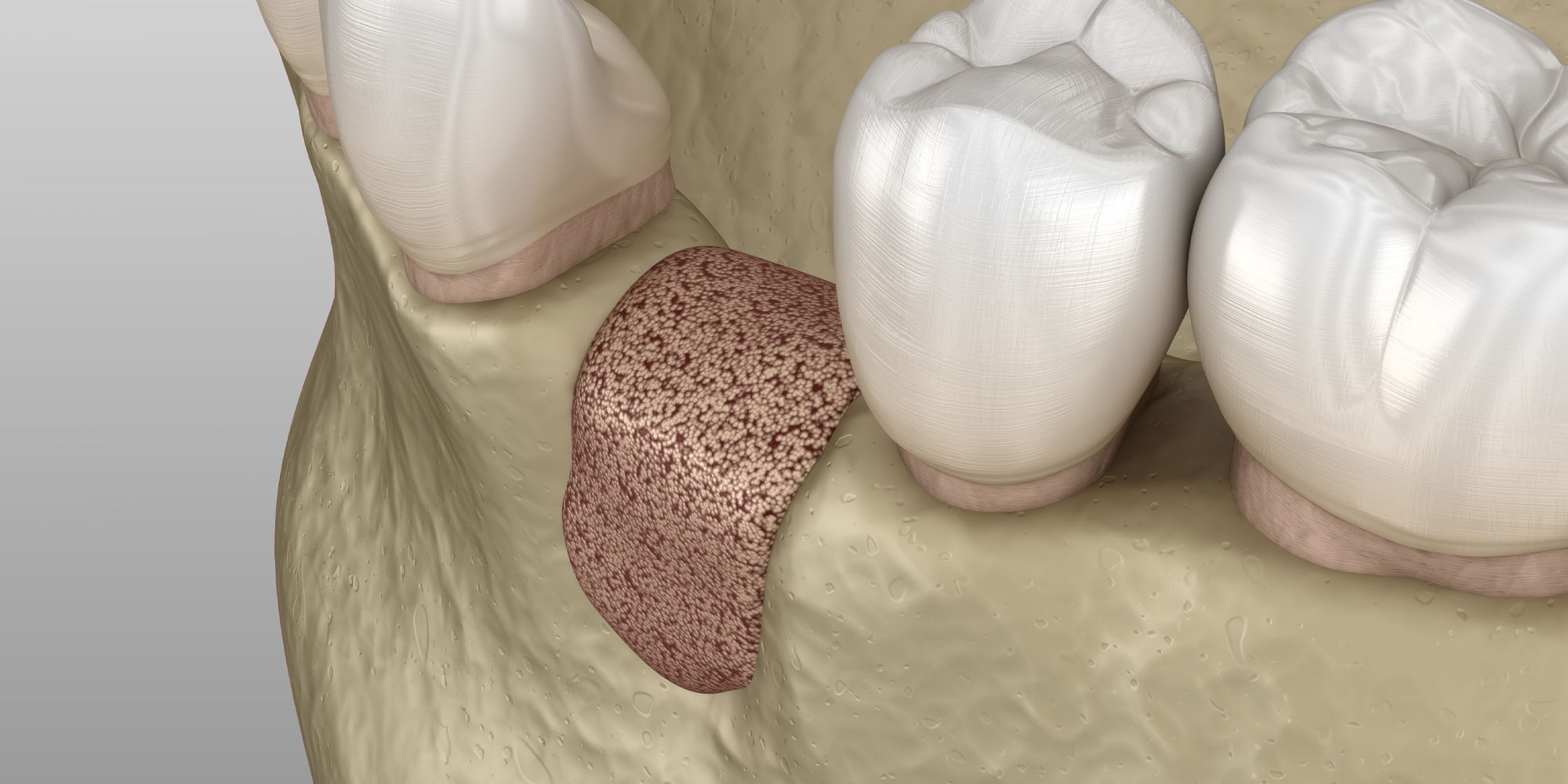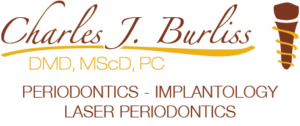
Bone loss in the jawbone is common when one or more teeth have been lost due to injury, decay, or trauma. Without the tooth in place to stimulate the jawbone, the bone around the missing tooth will begin to deteriorate. Over time, the jawbone may deteriorate to such an extent that there may not be enough bone to place dental implants. In cases such as these, your dentist may recommend having a bone grafting procedure.
Bone grafting is the replacement or augmentation of missing bone around the teeth.
There are three types of bone graft procedures: autogenous, allograft, and xenograft.
Autogenous grafts take bone from one area of the patient’s body and transplant it to the location in the mouth being restored. The bone is usually taken from non-essential bones such as the chin area. The benefit of an autogenous bone graft is that the bone used comes solely from the patient thus reducing the likelihood of rejection and infection. The bone is also still “live”, meaning it still has active cellular material.
Allografts also use human bone transplanted to the area in the mouth being restored. However, allografts do not use the patient’s own bone. Instead, the bone usually comes from cadavers who have donated their bone to bone-banks. All allograft bone material is carefully screened and is considered very safe. Xenografts also replace bone in the area requiring treatment, however the bone comes from a non-human source. Usually the non-human source is bovine (cow). Allografts and Xenografts are used because they do not require a second surgical site to harvest bone and ample amounts of bone can be easily attained.
